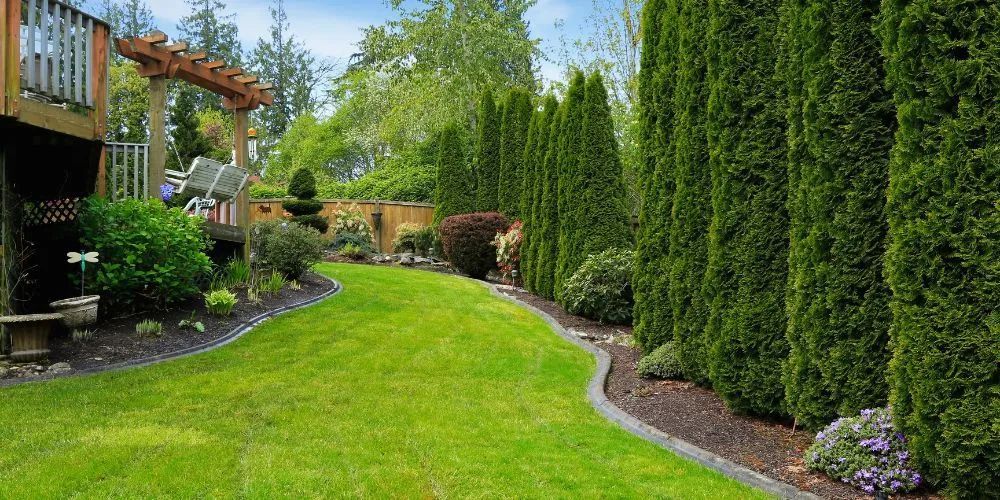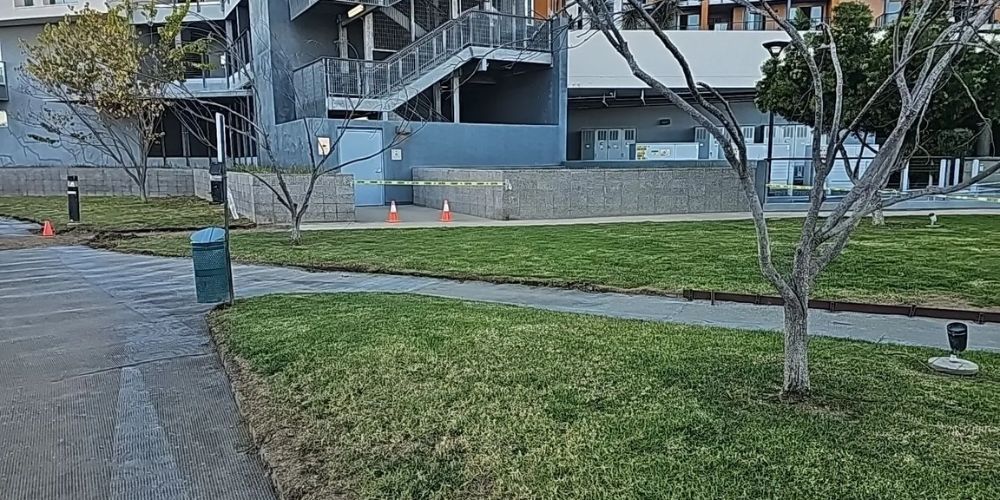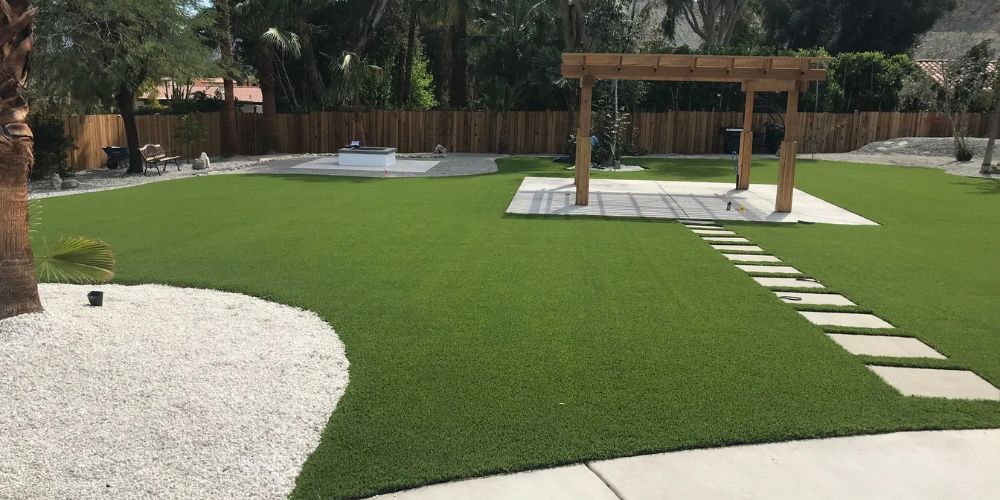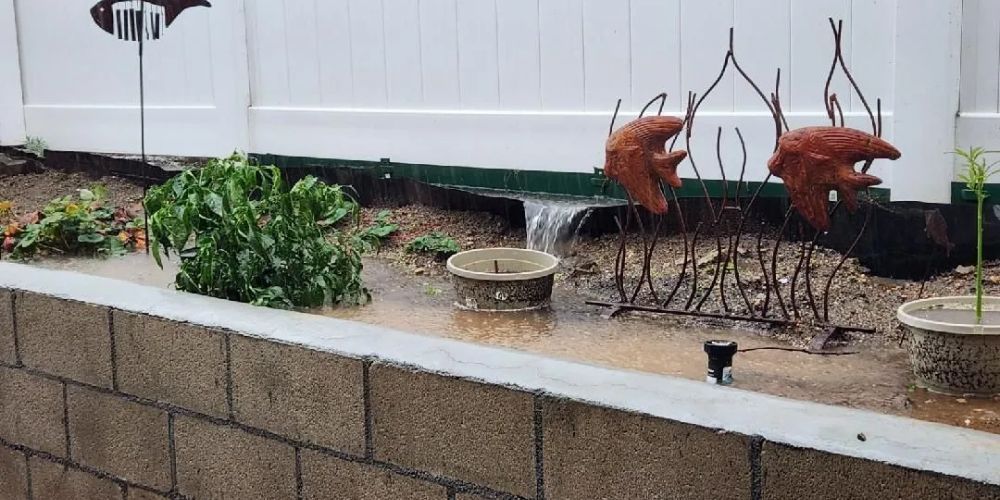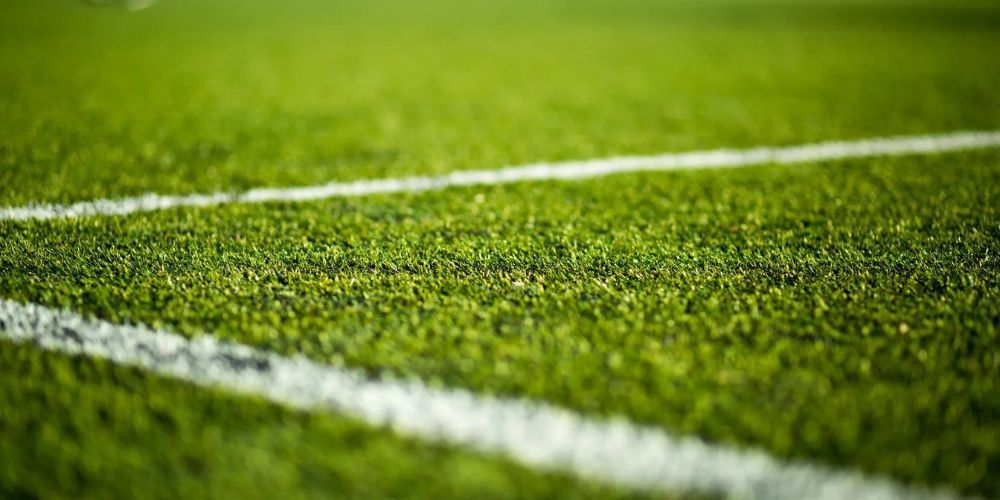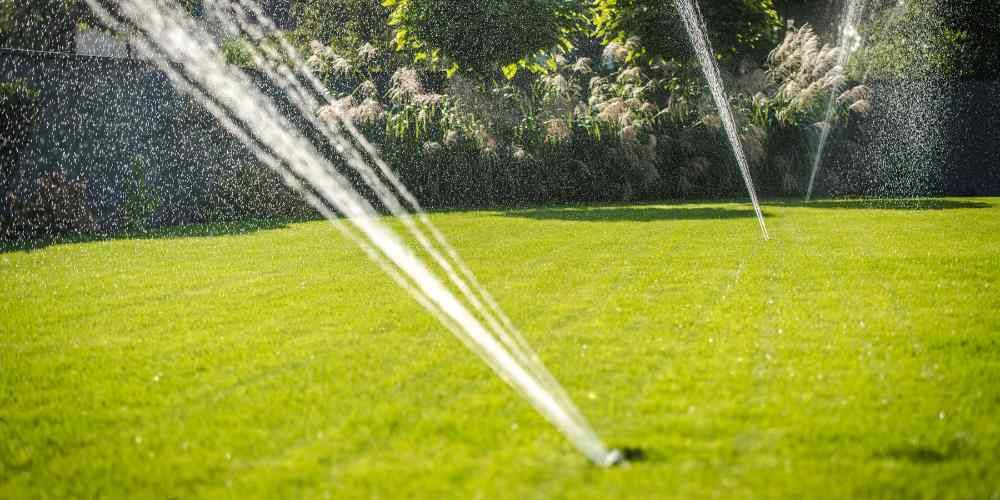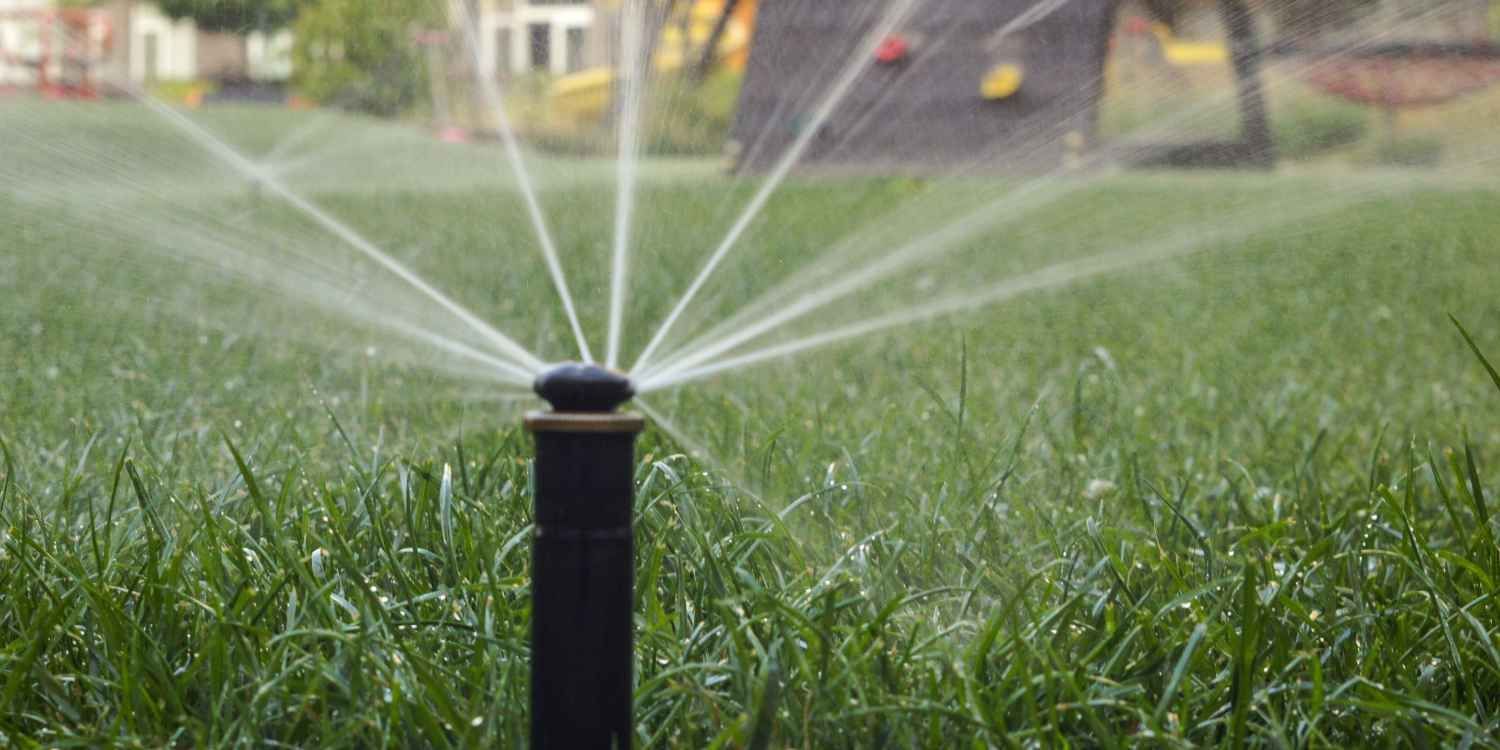Best Flowering and Ornamental Trees to Grow in Southern California
One of the fastest ways to enhance Southern California's curb appeal is to incorporate flowering and decorative trees into the landscape. A well-selected tree gives spring flowers, latticed summer shade, and textured winter bark. It also stands up to the region’s dry spells.
Many of the best options are drought-tolerant, allowing for year-round interest with minimal watering and pruning.
Seasonal Note:
Summer is the best time to plan your fall tree planting in Southern California. Cooler weather from October to December helps young roots establish before peak heat. Plus, many cities offer rebates for drought-tolerant landscaping and water-efficient irrigation, making now the perfect time to plan a beautiful, low-maintenance yard.
Top Flowering and Ornamental Trees for Southern California
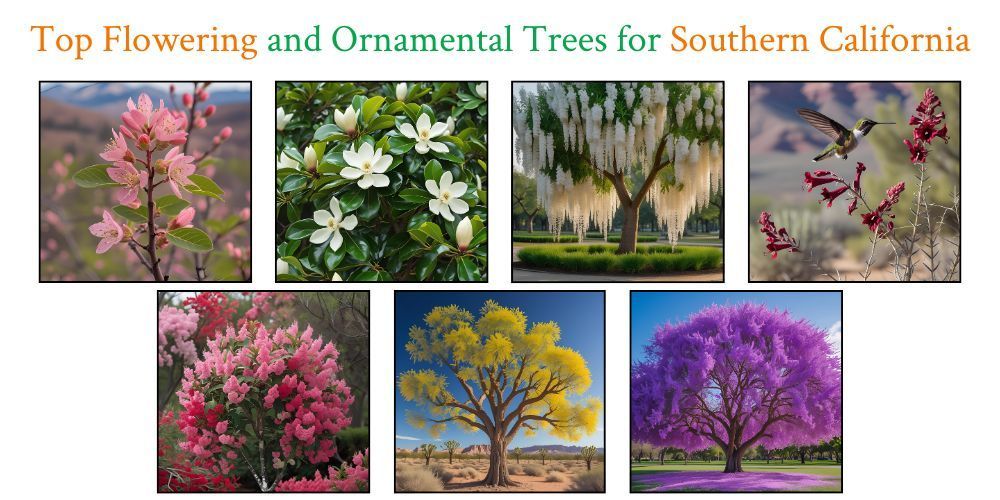
1. Jacaranda Tree
It is difficult to forget a street full of Jacaranda mimosifolia in full bloom. In late spring, the branches become covered with bell-shaped flowers and later with soft, fern-like leaves that provide a light shade.
Jacaranda thrives in the Inland Empire, San Diego County, and coastal areas that are less than 2,500 ft. Ensure it receives at least six hours of full sun daily and is planted in a free-draining soil. Moisten the water, yet not so often, the first two summers. This assists the tree to construct a strong, windproof structure that can withstand lengthy spells of hot weather with minimal additional water.
2. Crape Myrtle
Lagerstroemia indica earns a place on almost every list of small flowering trees for yards. Cultivars range from six-foot shrublets to 25-foot multi-trunk specimens, offering red, pink, white, or purple blooms from July into September, long after many ornamentals have finished.
Smooth exfoliating bark adds winter interest, and modern mildew-resistant varieties such as ‘Natchez’ and ‘Tuscarora’ stay clean in coastal air. Crape myrtle tolerates reflective heat along driveways, making it a favorite among designers who need low-maintenance trees for tight spaces.
3. Western Redbud
Cercis occidentalis, commonly known as the Western Redbud, is native to areas from Baja California to the Sierra foothills and is well-suited for low-water gardens. Magenta flowers open on bare twigs in early spring, attracting bees at a time when few other nectar sources are present.
After the flowers shed, heart-shaped leaves emerge that are shiny and of a bluish color, which complement the gray-green coastal sage scrub plant. Western redbud grows only to 15 to 20 feet tall, so it clears power lines and front windows without the need to be topped, another important landscaping characteristic of trees in front of buildings.
4. Palo Verde Tree
The flamboyant yellow blooms of the Palo Verde tree—specifically the ‘Desert Museum’ hybrid (Parkinsonia)—announce the arrival of spring across the Coachella Valley. This thornless hybrid originates from three species of palo verde. It has chartreuse bark, grows quickly, and needs little water. Once established, it only needs one deep soak every three weeks.
Open branching lets enough light reach the understory succulents. The fine-leaved plants drop early in the fall to reduce raking. Gardeners who want drought-tolerant trees that are not bare of color during the seasons have palo verde as the first on their list.
5. Chinese Fringe Tree
Chionanthus retusus carries clouds of fragrant, fringe-like white flowers in April or May. The species adapts well to alkaline soils found west of the Santa Ana Mountains. It also tolerates urban air better than many broadleaf plants. A height of 15 to 20 ft makes it suitable for courtyards or parkway strips.
Thinning some interior branches helps airflow. This reduces pests without using chemical sprays. It is a benefit for homeowners. They want low-maintenance trees that look good in small spaces.
6. Magnolia ‘Little Gem’
The Southern magnolia is often too big for suburban yards. However, the ‘Little Gem’ variety grows to about 25 feet tall. Glossy evergreen leaves blanket the tree year-round, while 4- to 6-in. Creamy white flowers bloom in cycles from late spring through summer.
People consider 'Little Gem' moderate in water use. After its third year, you can water it every two weeks.
This is true if you plant it in good soil and mulch it. Its natural column shape rarely needs trimming. This makes it a good choice for ornamental trees near patios and walkways.
7. Desert Willow
Chilopsis linearis is a smaller type of catalpa. It has beautiful trumpet-like flowers.
These flowers can be pale pink or burgundy. The flowers attract hummingbirds from May to September. The narrow leaves close in extreme heat to save water.
Desert willow is the easiest flowering tree to train. You can shape it into a single trunk or a multi-stem design. It receives just over ten inches of rain each year.
The roots go deeper than the mulch line. This helps keep the water supply in cities like Palm Springs and Riverside.
How to Choose the Right Tree for Your Landscape
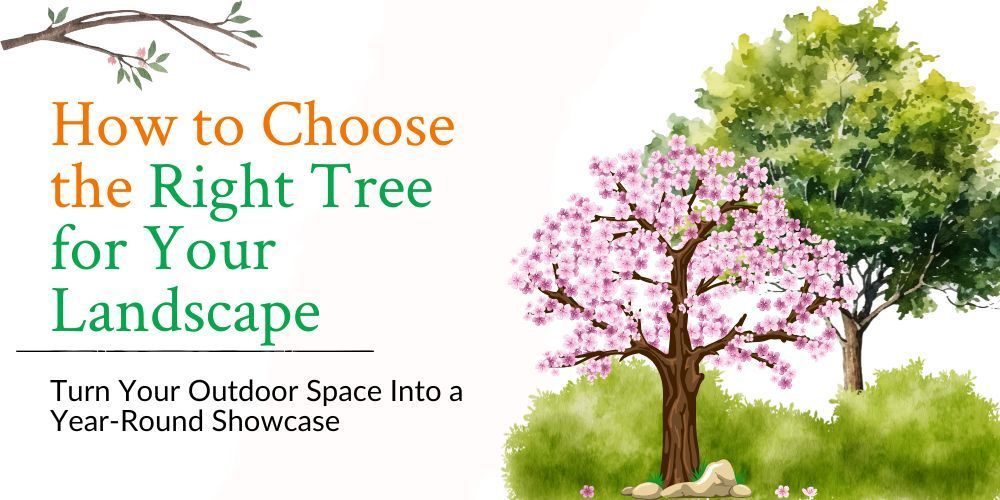
- Fire-Resistant Landscaping Considerations
In wildfire-prone areas of Southern California, choosing fire-resistant trees is key. Opt for low-resin, slow-burning species like Western Redbud or Chinese Fringe Tree. Their open canopies and minimal leaf litter help reduce fire risk while maintaining beauty in hillside landscapes.
- Soil and drainage
Use a squeeze test to test the soil texture. Most landscape trees grow well in sandy loam. Improve heavier clay with gypsum and organic matter before planting a tree. Make sure that water drains within 24 hours after irrigation.
- Sun exposure
Jacaranda and desert willow require full sun, and Chinese fringe trees can tolerate some light afternoon shade. Select a planting area that suits the light requirements of the tree to enable it to grow healthy in the long run.
- Coastal vs. Inland Considerations
Tree success in Southern California depends on your microclimate. Coastal zones with marine fog favor trees like Crape Myrtle and Fringe Tree, while hotter inland areas benefit from heat-tolerant picks like Desert Willow and Palo Verde. Match trees to your location for the best results.
- Water availability
Even drought-tolerant trees need regular moisture in their first two growing seasons. Plan to install drip emitters or a soaker hose until roots extend at least two feet deep.
- Maintenance expectations
Decide how much pruning and leaf cleanup you can handle. Crape myrtle drops summer petals but little leaf litter; jacaranda sheds spent blooms that may stain hard landscapes.
- Size at maturity
Measure overhead wires, rooflines, and sidewalks. Western redbud and ‘Little Gem’ magnolia remain compact; jacaranda and palo verde require more horizontal space once mature.
Thoughtful selection today prevents conflicts with structures, paving, or other plants ten years from now.
Conclusion
Whether it’s the purple haze of jacaranda or the hummingbird magic of desert willow, flowering and ornamental trees bring texture, shade, and vibrant seasonal color far beyond what turf or shrubs can offer. By choosing varieties that thrive in Southern California’s dry summers, you’ll reduce water usage, minimize pest concerns, and enjoy long-term beauty with less maintenance.
Make this summer the season you plan for fall planting—setting the stage for a more resilient, water-wise landscape. With the right trees in the right places, you’re not just enhancing your property’s appearance—you're investing in lasting value.
At
Landtech Scenery Inc., we take pride in helping homeowners and commercial clients create thriving, climate-conscious landscapes that grow more beautiful with time.
